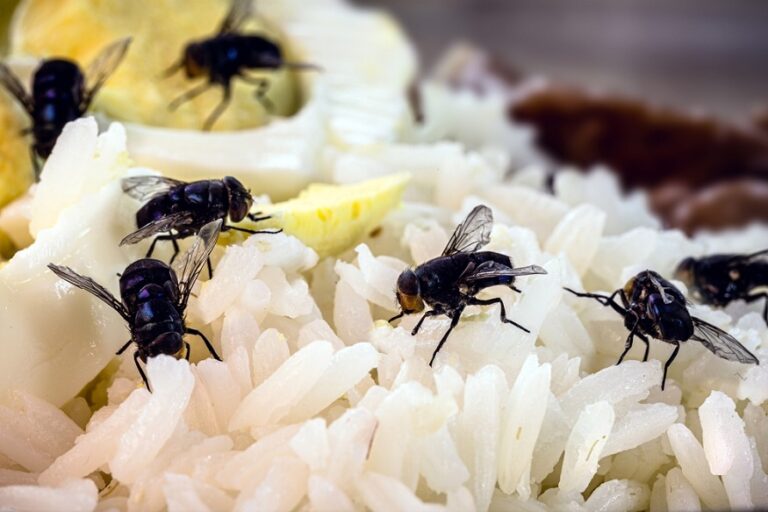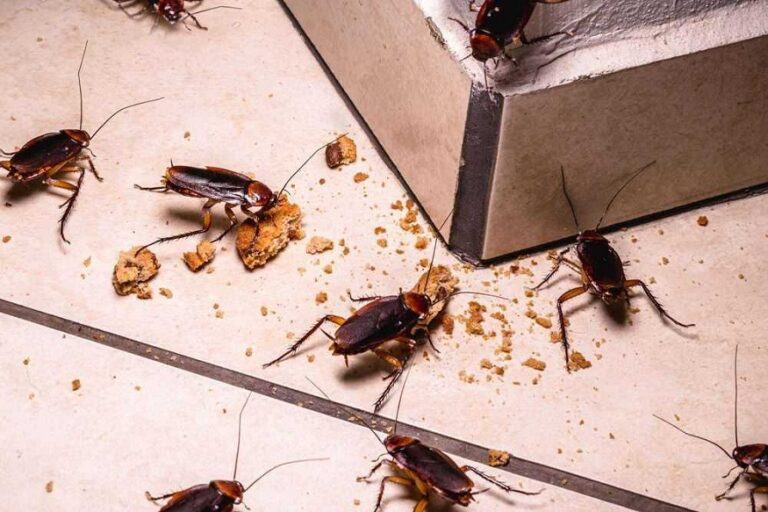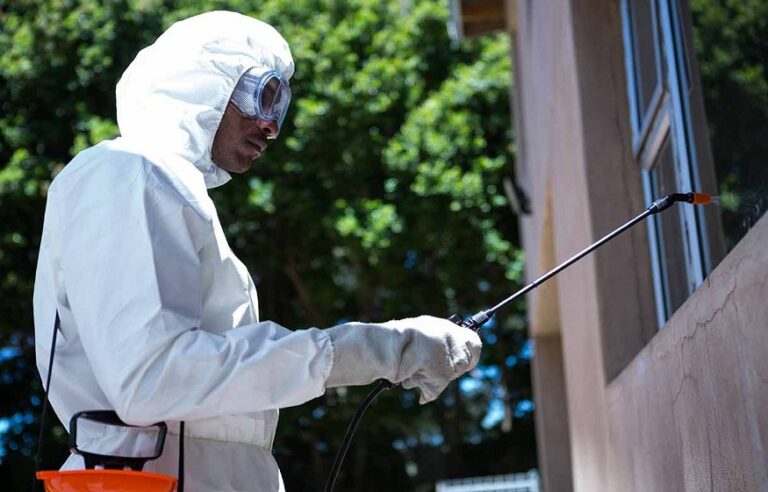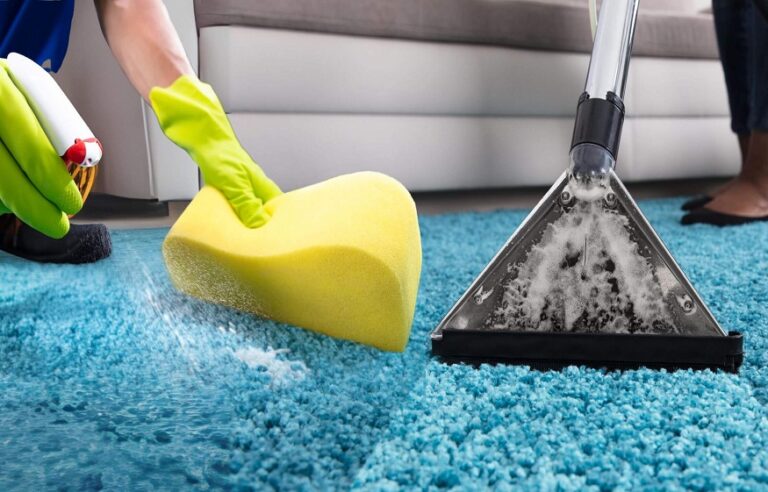Millions of cases of food contamination occur in households, families around the world, but rarely do people take the necessary precautions until it is too late. These pesky visitors leave behind droppings, shed skin, saliva, and fur that blend directly with your food and drinking water.
The contamination takes place silently, often with little or no visible indication until people fall ill. It was reported by the World Health Organization that 600 million people suffer from foodborne diseases from pest infestation. From the pantry to the closet, there are plenty of opportunities for pests to make their way into the food you eat every day. Commercial pest control companies can help you to locate vulnerable spots and establish preventive barriers before contamination, even if you never see evidence of a cockroach. Go here if you want to speak to one today.
How Do Pests Actually Contaminate Food And Water
Physical Contamination Through Direct Contact
Pests pollute food through various disgusting methods of direct physical exposure. Rats and mice traverse through sewers, garbage, and other dirty environments before walking across food surfaces. Bacteria and parasites reside in their fur and transfer to anything they touch. The animals also gnaw through packaging, leaving behind saliva and providing access points for other contaminants.
Cockroaches are an even bigger threat as they vomit partially digested food during feeding. This process distributes stomach bacteria straight to your food surfaces. Their feet collect germs from drains, toilets, and garbage areas and transfer these pathogens onto countertops and food, and dishes.
Waste Products and Bodily Secretions
Rodent feces carry Salmonella and E. coli, among other dangerous bacteria that lead to highly damaging forms of food poisoning. A mouse makes 50-75 droppings a day, and rats leave behind considerably more amounts of fecal refuse.
Pest urine permeates porous surfaces and packaging materials, leading to long-lasting contamination that can be difficult to identify. Flies and other flying insects land on decaying organic materials and then land on fresh food with their mouthparts and feet, carrying those infected organisms.
Contamination of Water Sources
Occupants in a building invade closed tanks, pipelines, or other containers to contaminate water sources. Not only does water storage create bacterial blooms if dead insects and rodents fall in, making the whole supply unsafe. Studies indicate that 80% of incidences of water contamination from pests are due to insufficiently sealed or covered storage containers.
What Can You Do To Avoid This?
Proper Food Storage Techniques
Keep all your food stored in airtight containers of glass, metal, or thick plastic that pests can not cut through. When you purchase cereals, grains, flour, and sugar, transfer them without delay to your canisters or other airtight containers, and discard the packaging. Moreover, refrigerate fruits and vegetables rather than keeping them in open areas where they will attract flies and ants.
Maintain Clean Environment
Wipe away food spills and crumbs pronto, especially in areas that are out of reach behind appliances and under furniture. Disinfect all surfaces when your kitchen preparation is done, and sweep the floor every night. Empty trash containers often and have tight-fitting lids to keep pests away.
Water Protection Methods
All bins used for water storage must be sealed with tight-fitting lids and checked frequently for evidence of pest activity. Repair leaky pipes and remove standing water that attracts insects and is a breeding ground. Cover water tank openings with screens and inspect at least monthly for damage or holes.
Take Action to Protect Your Family’s Health
Your family deserves clean and healthy food and water without the concern of harmful pests. While preventative strategies may work to lower risks, professional pest prevention offers all-encompassing protection against infestations and the potential for pests in the future. Skilled technicians will locate entry points, reduce the number of existing pests, and put in place long-term measures for your food and water to remain safe.
Do not wait until contamination sickens your family or causes you to throw out costly groceries. Call a local pest control professional to evaluate how susceptible your home is to get a personalized protection plan that suits the needs of your home and budget.












+ There are no comments
Add yours